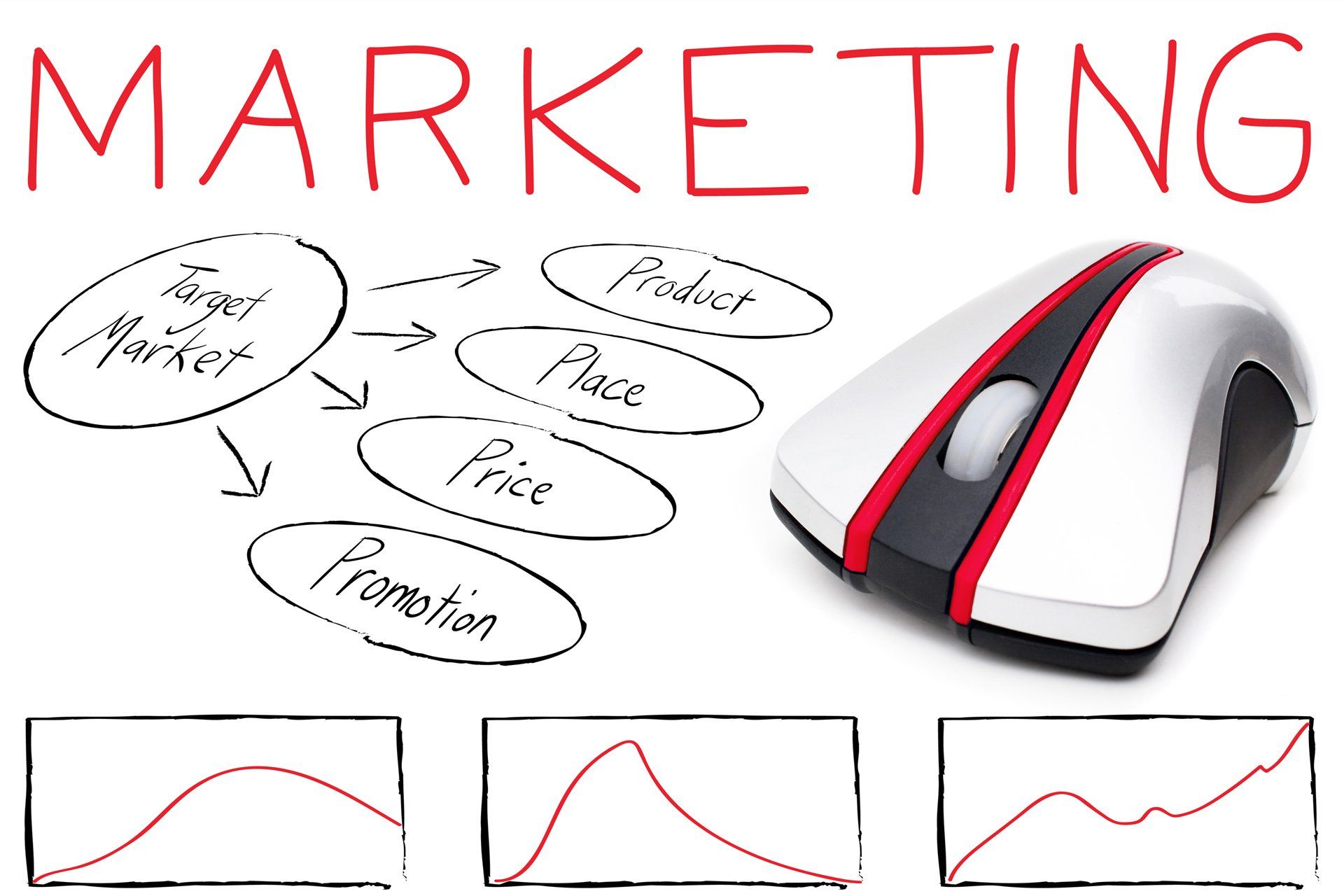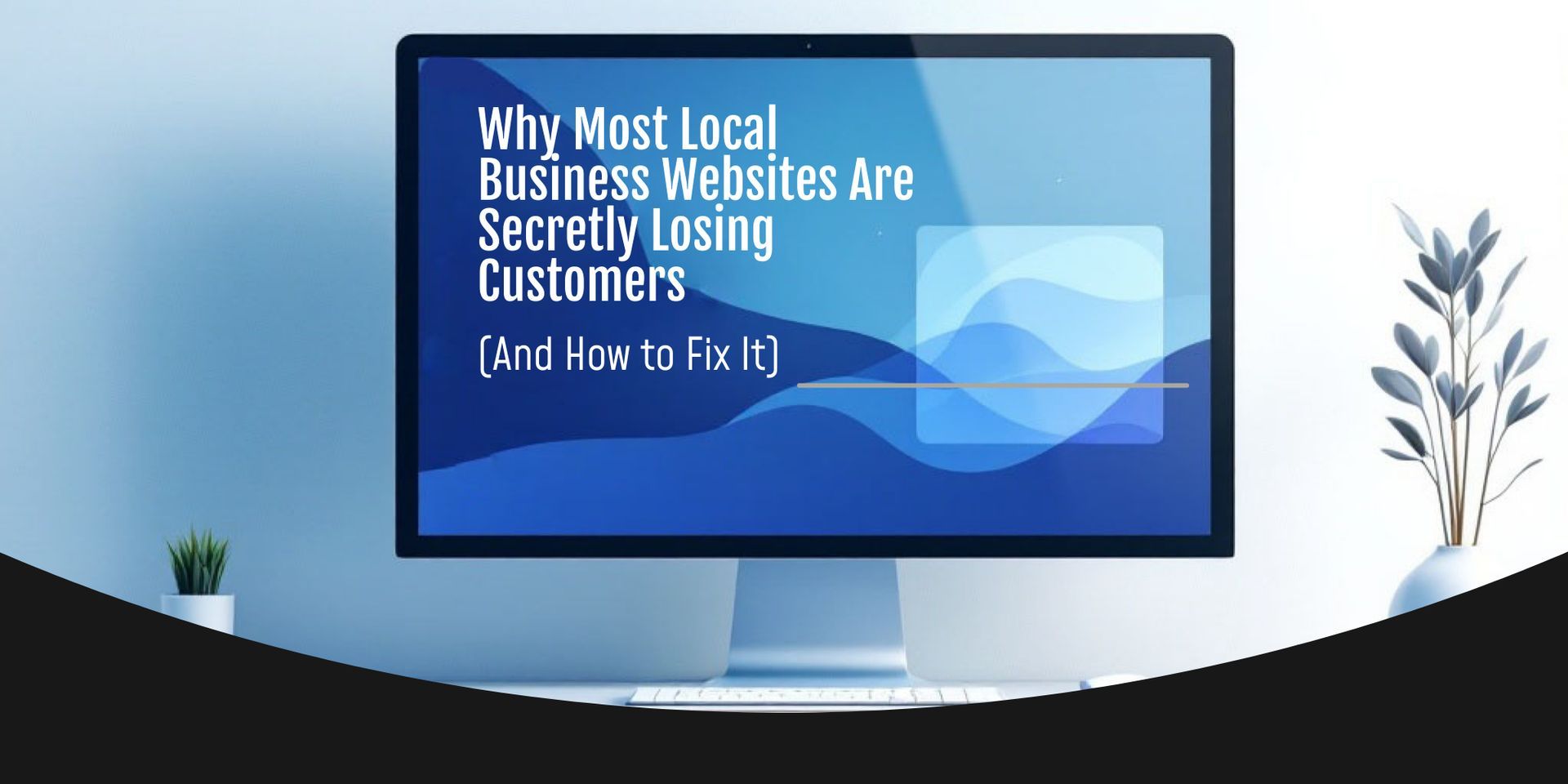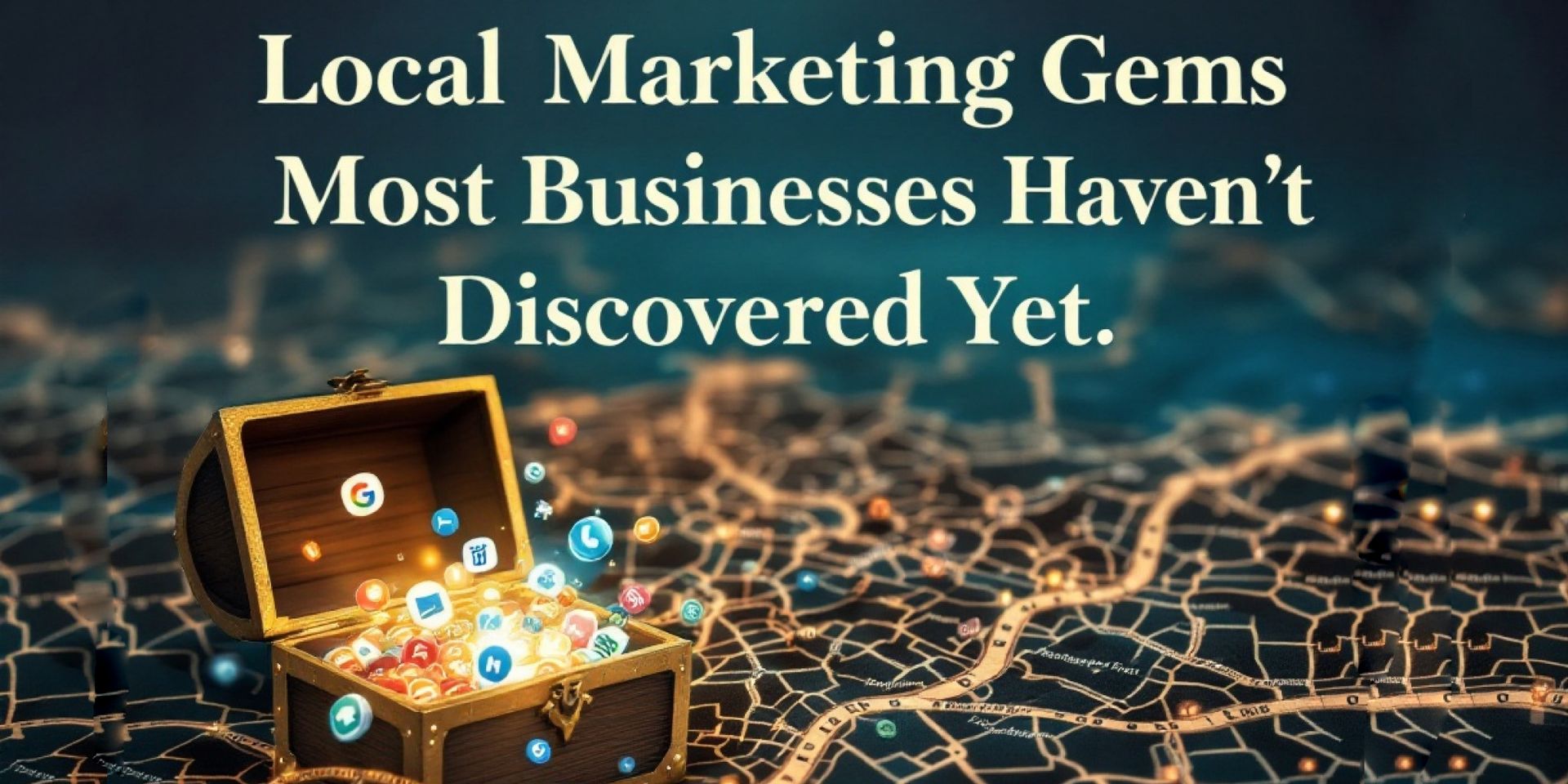Suzanne Taylor • September 23, 2014
What is inbound marketing
What is inbound marketing all about?

Today’s world of business is crammed with fashionable marketing terms and abbreviations. You won’t be alone if you’ve never come across the term ‘inbound marketing’ before - so what is inbound marketing.
But if you think the internet will give you any clarity on what inbound marketing is about, think again. One click on the search button will find you even more confused than you were before.
So, for the purpose of this blog , I’m going to try to remove some of the science and give a basic explanation of what is inbound marketing all about.
In short, inbound marketing is the name given for a style of marketing that’s aimed at helping customers to find your business. Importantly, this marketing technique is designed to draw customers to you before they’ve even decided they want to make a purchase.
Once the customer arrives at their destination, the plan is to nurture this curiosity into brand loyalty to develop sales leads.
It’s about coaxing the toe-dippers to become full-on swimmers, to use a simple analogy.
Traditional marketing concentrates on securing exposure in other people’s publications whether print or online. A press release is specifically driven towards getting coverage in somebody else’s newspaper or website, for example.
These tactics while expensive can be very effective. However, the businesses which adopt them are utilising a platform for exposure that someone else has created.
The difference with inbound marketing is that businesses develop their own platform for recognition and in the process gain their own audience.
How does a business build its own audience?
The main way businesses build their own audience is by providing relevant and interesting content to feed their potential customers.
Modern consumers search for information online or they consult their social networks – both avenues can be harnessed to bring these people to you.
There are a number of ways in which content can be offered to the consumer. Whichever way you choose to deliver your content, there are two crucial rules to bear in mind.
Rule 1
The first is to make sure your content is helpful and relevant to potential customers – even if they never intend to buy your product. If your content contains too much sales talk, then it will have a counter effect on your audience.
Consumers are clever and they are highly-experienced at searching online. They won’t be fooled by a piece of copy pretending to be informative in the headline when actually it is littered with promotional material. This kind of copy has no value to the individual and they will quickly lose trust.
If your content literally spells out your intentions to make a sale then you’ve missed the point. Successful inbound marketing is not so much about closing the deal as it is about building relationships and loyalty.
Rule 2
The second most important rule to consider when drafting content is that it is relevant to your audience. In much the same way as people switch off with sales talk, so too do they when faced with irrelevant content.
How do you remain relevant?
This is where your data collection material comes in useful. Good businesses use the personal data they have collected from their customers to establish groups. These groups are organised according to interests and buyer personas. They might also be segmented according to what stage they are at in the buying process.
Content needs to be targeted to these different groups to ensure relevance. You wouldn’t send mortgage information to a student living in halls of residence, for example. Such a move has no value to the potential buyer.
What are the advantages of inbound marketing?
There are numerous benefits to inbound marketing. One of the biggest is greater brand awareness.
Traditionally, companies had to spend money on adverts to gain any kind of brand presence. Now, the rules have changed and businesses can create an audience slowly and organically and at a substantially reduced cost.
A huge proportion of purchases begin with a search online. Buyers let their guard down when actively searching for information online and this can be exploited by businesses if they follow the two simple rules mentioned previously.
So ‘What is inbound marketing’ - Inbound marketing is a clever, subtle way of developing lead generation. It can be highly successful if emphasis is given to building and strengthening relationships rather than a quick sale.
Another advantage to inbound marketing is increased brand loyalty. Every business wants to get people talking about their products or services. But even more important is getting these people to prefer your products and services to any others.
Companies which consistently appear high on search engine rankings are associated with quality, trust and brand leadership. Search engine positioning is actually free publicity – and enhances brand awareness.
Through posting relevant, quality content, you will be able to communicate with potential customers at a very early stage of the buying process. The links you build with potential customers at this early stage could last a lifetime so it’s important you get it right.
Expectations
One of the hardest things to manage with inbound marketing is expectations. Business owners like to see fast results. But inbound marketing doesn’t usually deliver instantaneous success, it is something that needs to be nurtured – just like the audiences you are trying to cultivate.
It’s more of a long-term strategy and something that needs to develop gradually over time. The results can be significant for those who stick with it and continue to grow their audience. But it requires a degree of patience and a willingness to devote time without seeing any immediate rewards.
Inbound marketing will cost you very little. Can you afford to ignore it?
I hope this article gave you a clearer idea of what inbound marketing is and how it can help your business. I hope we have answered the question ‘What is inbound marketing?’
There are numerous channels to display your content from social media and blogs through to your own website. Remember, content is key and whichever platform you use, ensure your content is relevant and helpful.
Feeling Overwhelmed?
I understand - SEO can seem like a full-time job. That's why we offer Local Business Visibility Packages to fit all budgets.
We'll manage your entire Google Business Profile, local SEO, and review management while you concentrate on what you do best - running your business.
But before anything else, let’s see where you stand.
Grab your free 15-minute Local Visibility Boost Session
No pressure, no sales pitch - just real, actionable tips tailored to your business.
Want more tips like these?
Pop your email in below for our Quick Tips Tuesday newsletter. No faff, just practical advice you can use straight away.











